The story of Vietnamese athletes struggling to make a living after retirement once made fans feel sorry. After their playing career, not everyone can become a coach or manager to continue doing the same profession that they have been involved in throughout their youth. However, today, with the rapid development of social networks, athletes can find new sources of income to improve their lives.
K FORGOTTEN TREASURE
In 2018, when U.23 Vietnam returned after winning the runner-up position in the U.23 Asia Championship (which fans later remembered as the miracle of Changzhou), social networks were abuzz with the news that star players, as well as coach Park Hang-seo, received remunerations ranging from tens of millions to hundreds of millions of VND to post information about products of brands and businesses on social networks, attend events, or act in commercials...
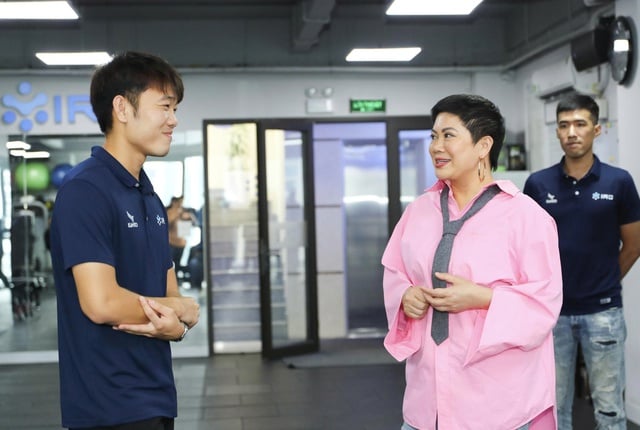
Xuan Truong calls for 7 billion VND in capital for IRC ( sports injury rehabilitation center built by him and his colleagues)
Photo: IRC
The story of football players in particular and Vietnamese athletes in general joining hands with brands and using their personal images for business purposes is no longer new. More than two decades ago, famous striker Le Huynh Duc cooperated with leading brands such as Pepsi, Philips, etc. After that, many juniors followed Huynh Duc's footsteps when moving from the football field to the commercial "field", for a legitimate purpose: earning more income from the image they have built with blood, sweat and tireless efforts.
However, these are purely sporadic cooperation deals. Vietnam has not yet promoted the sports economy , or in other words, it has not been able to turn sports into an entertainment "machine" capable of making money and building a proper brand based on the reputation of athletes. Meanwhile, in the world, the story of athletes building and doing business with personal brands has become very popular. With great influence and a large fan base on all social networking platforms, athletes are often targeted as the top priority for brands, businesses, and labels to cooperate with, in order to spread their image to the public.
HOW DO ATHLETES MAKE MONEY FROM ADVERTISING?
According to The Sun , Cristiano Ronaldo earns $3.3 million (about VND86.7 billion) for each post advertising a product on Instagram, followed by Lionel Messi with $2.6 million (about VND67.9 billion)/post. Sports stars are also paid from hundreds of thousands to millions of dollars for each post labeling a business, advertising a product on social networks.
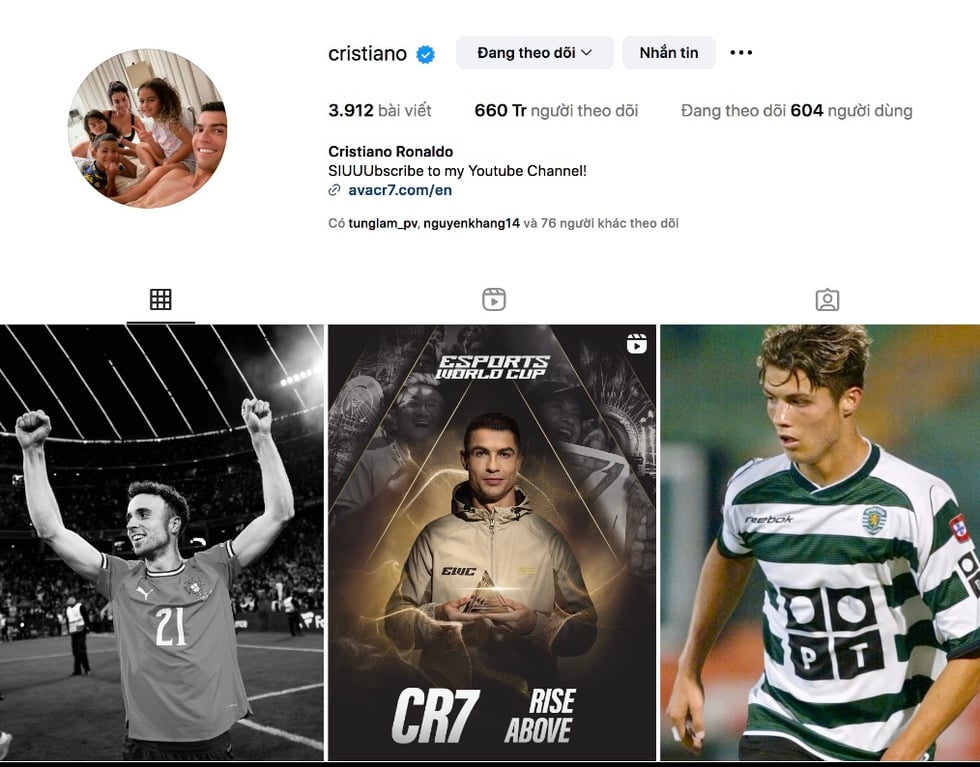
Ronaldo earns a lot of money from his personal brand
Photo: Screenshot
Why are businesses willing to spend big on athletes? Because sports stars (along with entertainment) always have influence, reach and a loyal audience. A click to post information about Ronaldo, Messi, Stephen Curry, LeBron James or Tiger Woods can make the world crazy, bringing the message to tens of millions, even billions of people (Ronaldo, for example, has more than 1 billion followers on social media platforms).
According to Forbes , Ronaldo is expected to earn $275 million a year, of which $50 million comes from social media alone. For Messi, it is $135 million, of which $75 million comes from commercial contracts, advertising, etc. For top stars, the source of money earned from personal branding always accounts for 40-50% of total income. These are all win-win handshakes. The athlete has money, and the brand can take advantage of the athlete's superstar image for effective marketing, increasing sales, expanding the market, and leaving a strong impression on fans.
VN SPORTS ENTER THE PLAY
Why has personal branding remained relatively unfamiliar to Vietnamese sports for so long? Because most Vietnamese athletes are usually reserved, focusing only on training and competition. Athletes are only taught professional skills to serve the competition in exchange for achievements, so not many athletes are talkative, good at communication, and open to the media and fans.
Focusing on expertise is good, because this is the only way to improve your level and achieve success. However, if you ignore finding other sources of income through your own honest efforts, it will be a great regret for athletes. After all, income from competition only ensures athletes a relatively stable life for about 10-12 years of their career. When athletes retire, that source of income will no longer exist.
If they can take advantage of their image to do business directly (become brand ambassadors, cooperate in advertising) or indirectly (take advantage of personal brands to do their own business), Vietnamese athletes will have more "fishing rods".
Luong Xuan Truong is an example. The midfielder born in 1995 has used his reputation to develop the brand of the International Sports Rehabilitation Center (IRC) since his playing days, with the desire to support players in treating and recovering from injuries. Badminton stars like Nguyen Thuy Linh and Le Duc Phat have all had strategic partnerships with big brands to spread their image and earn more income for their competitions. Or Nguyen Tien Linh, Que Ngoc Hai, Nguyen Quang Hai (football), Ly Hoang Nam (tennis), Duong Thien Quang (pickleball)... are all in the group of athletes who have developed their brands well, partnering with big brands...
However, to make the sports economy and the branding of Vietnamese athletes more effective, stopping at a few individuals is not enough. It is a long process, requiring a systematic strategy of the entire sports industry. (continued)
Source: https://thanhnien.vn/vdv-viet-nam-kiem-tien-tu-thuong-hieu-ca-nhan-mo-vang-185250713211801543.htm


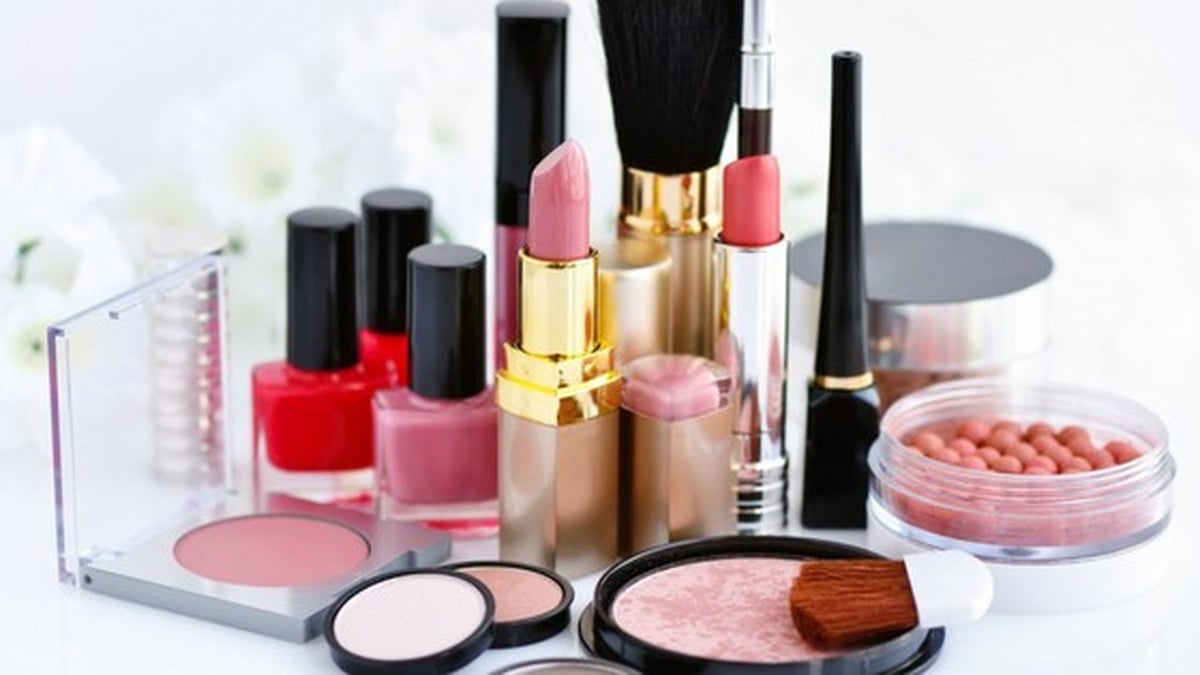

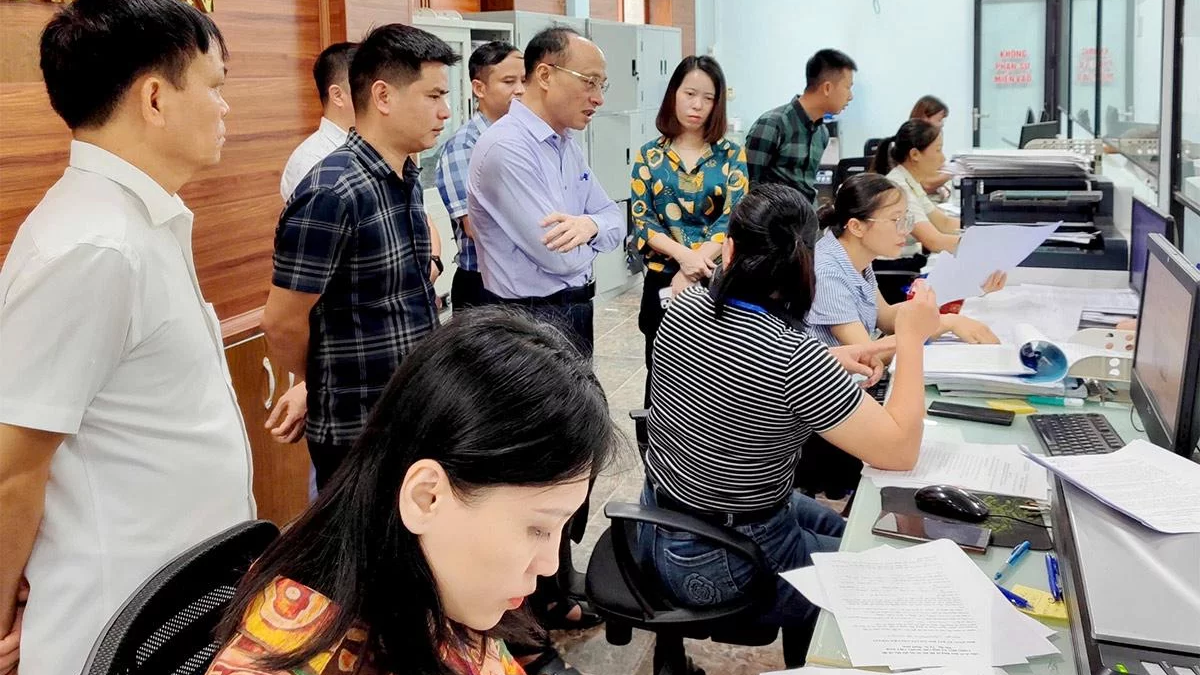
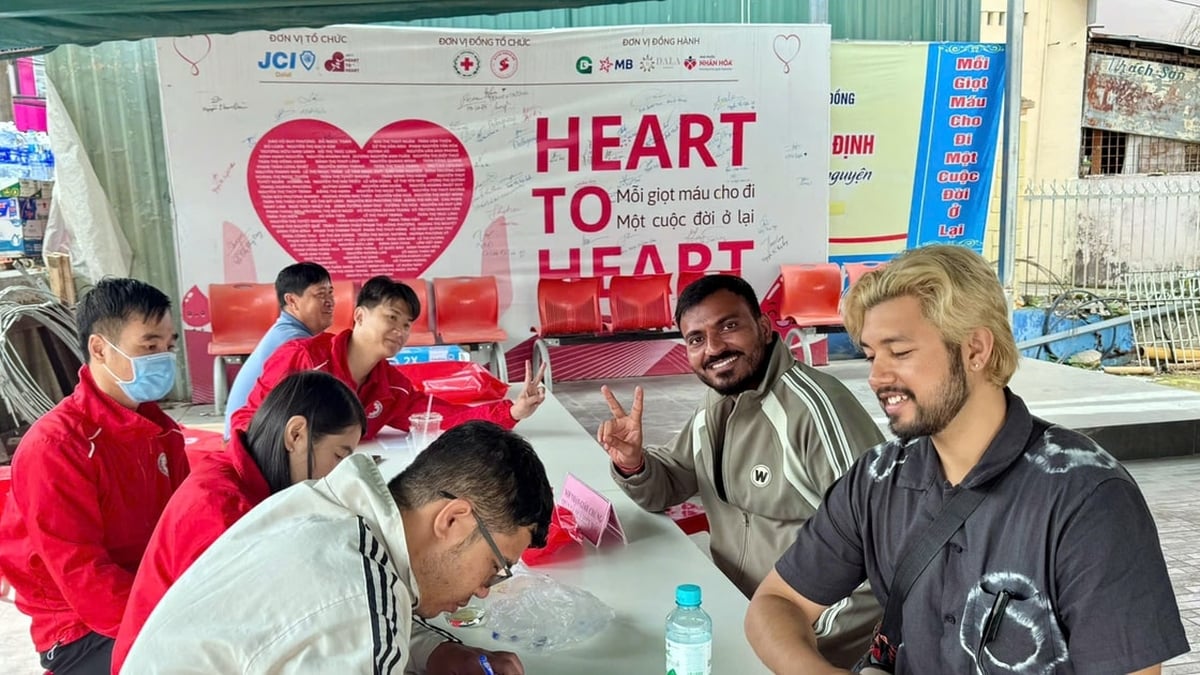
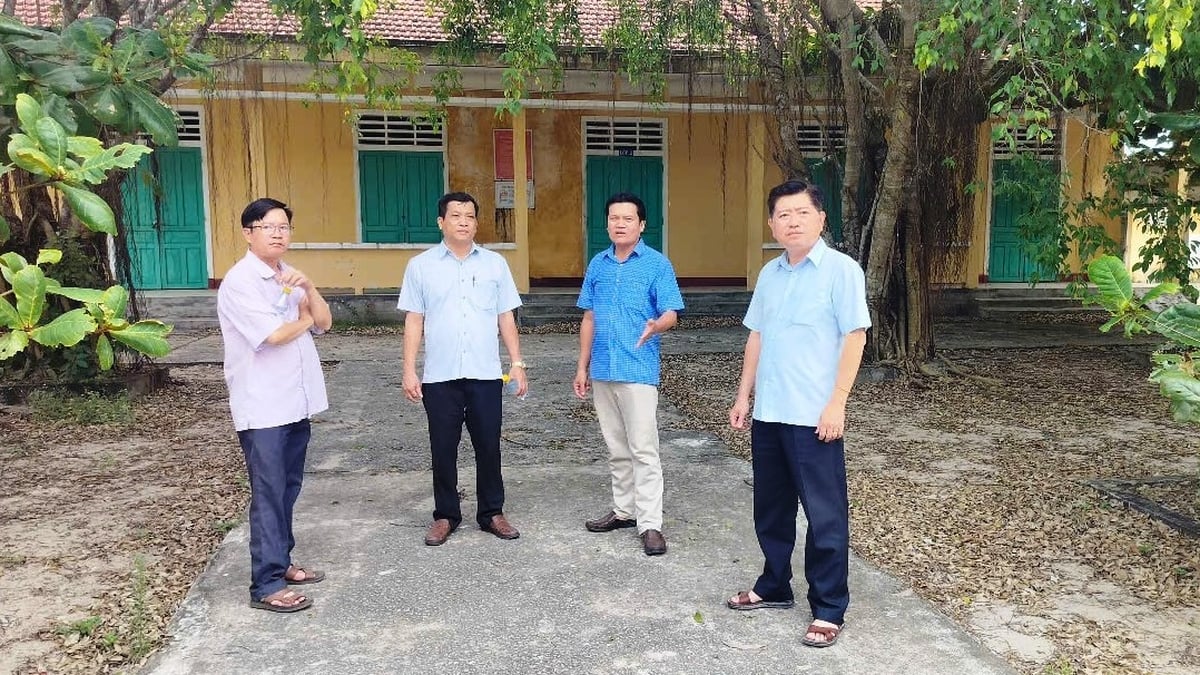
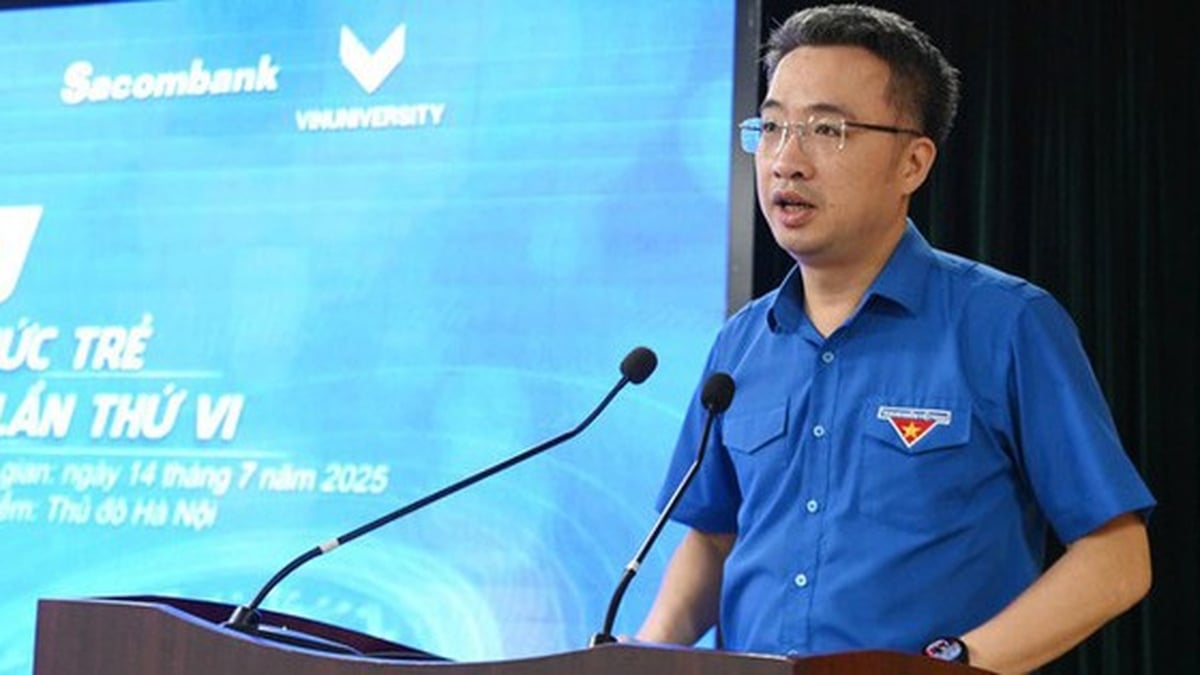
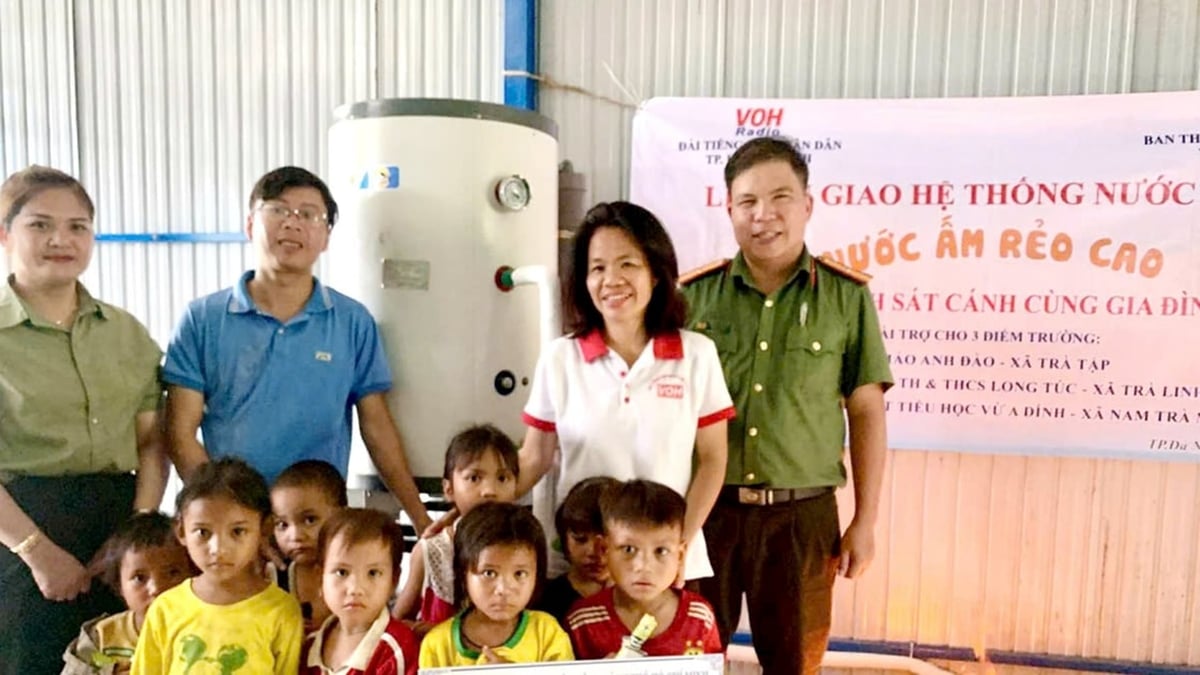
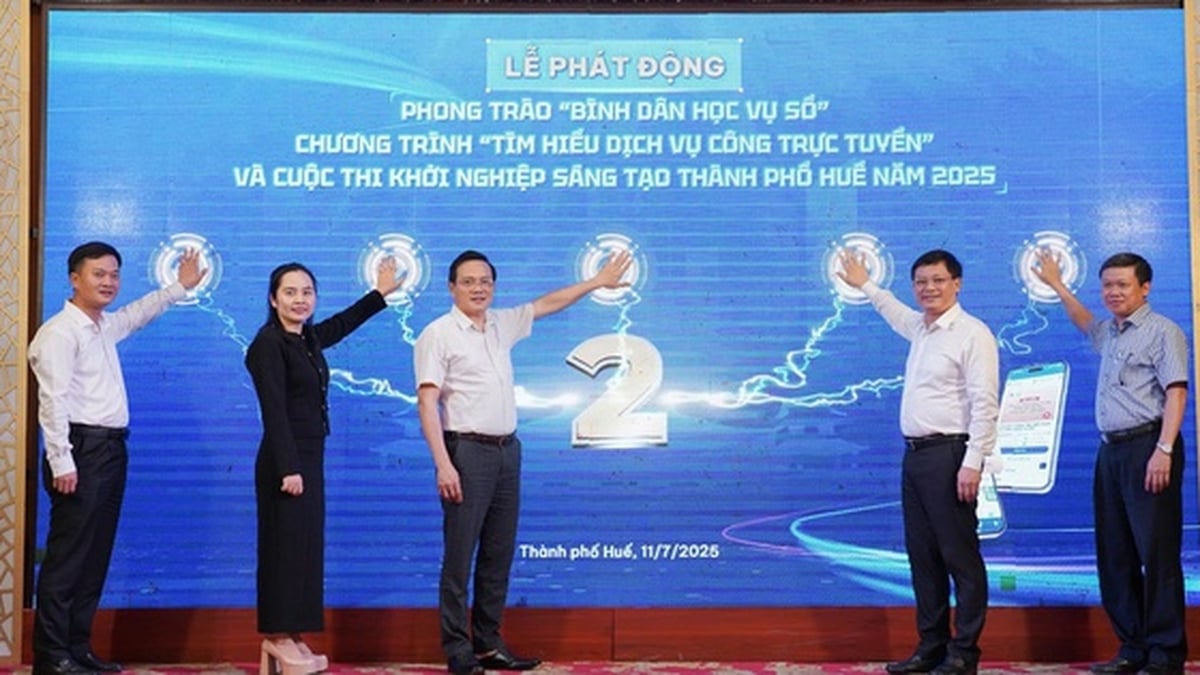
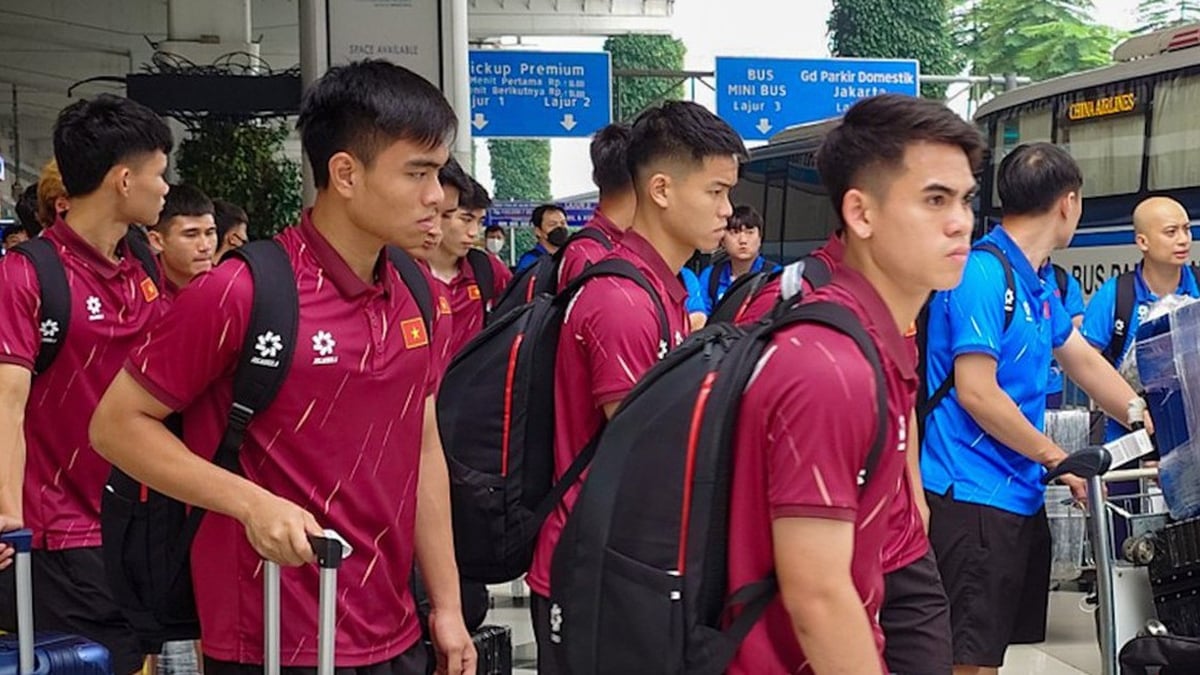
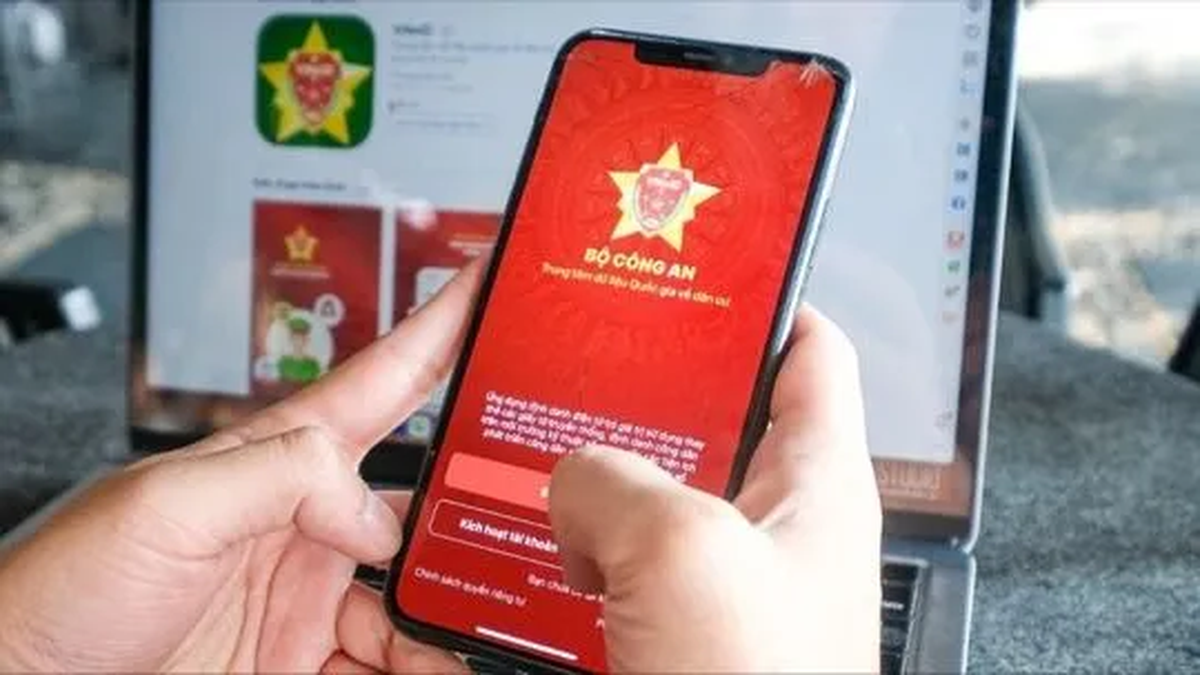
































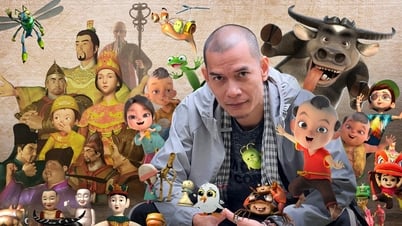



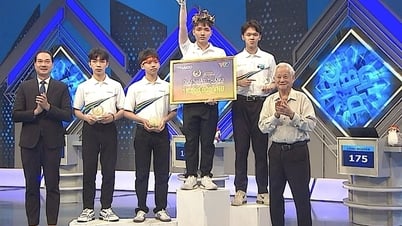

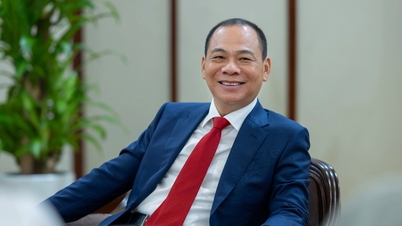
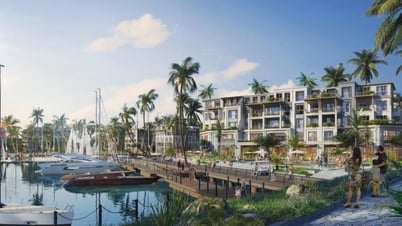
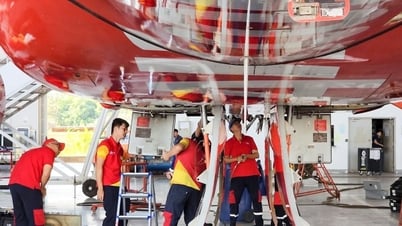

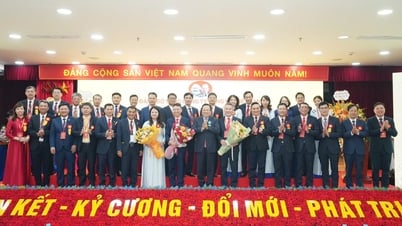

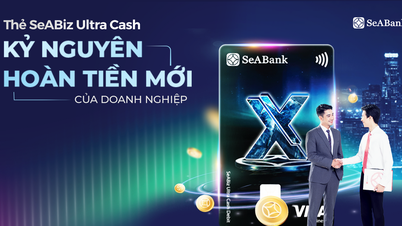




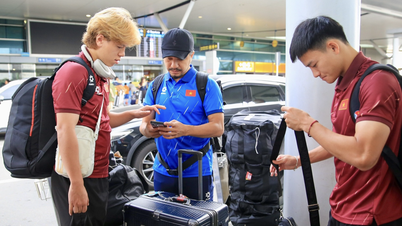


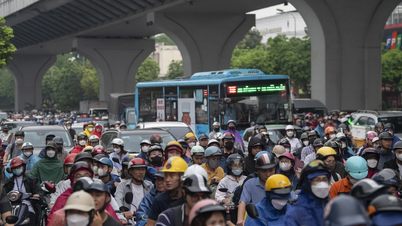
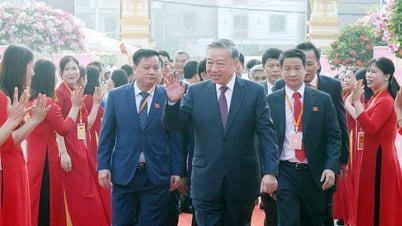
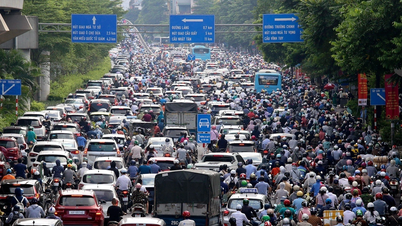
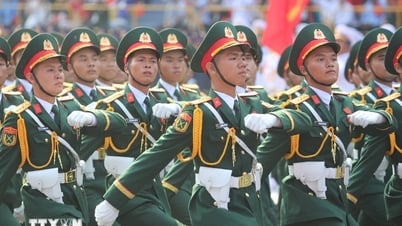


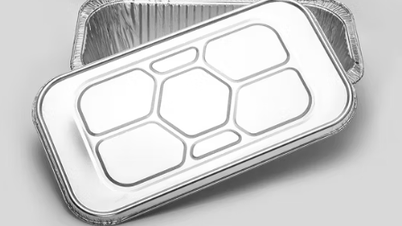

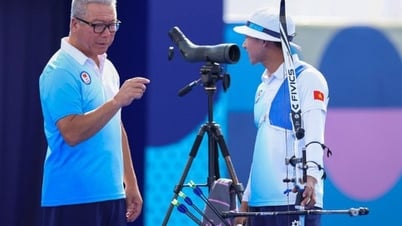

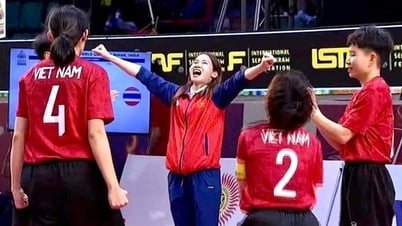
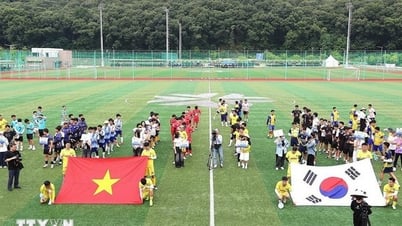
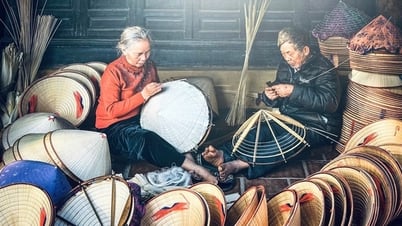
























Comment (0)